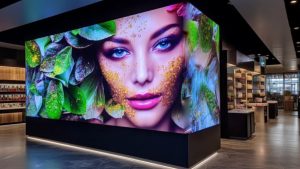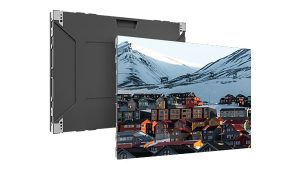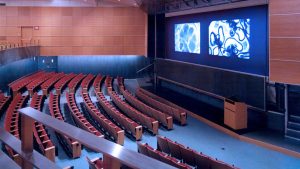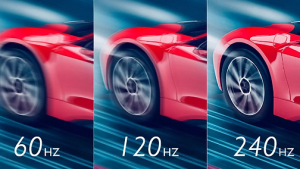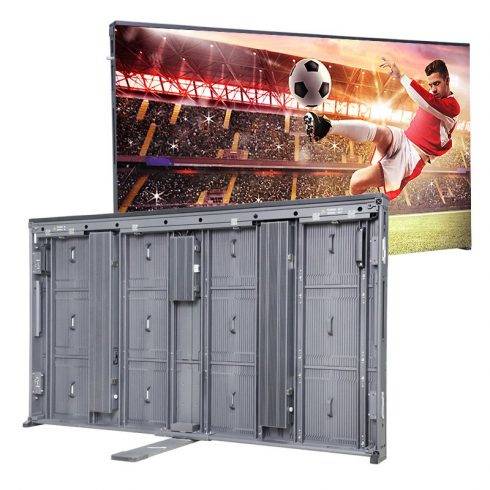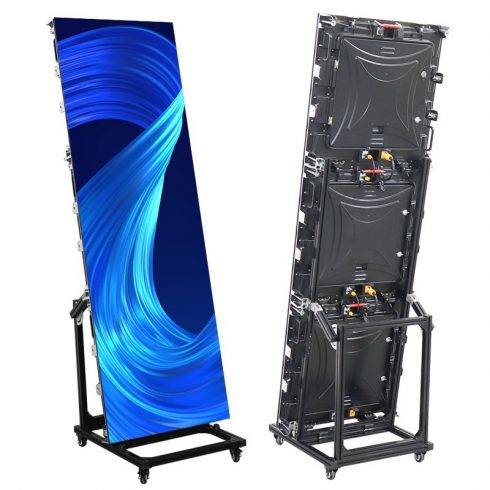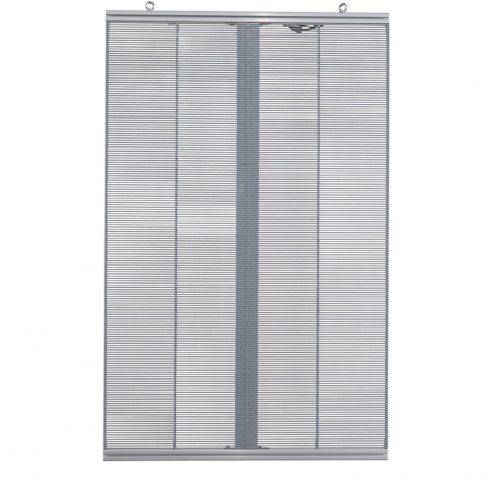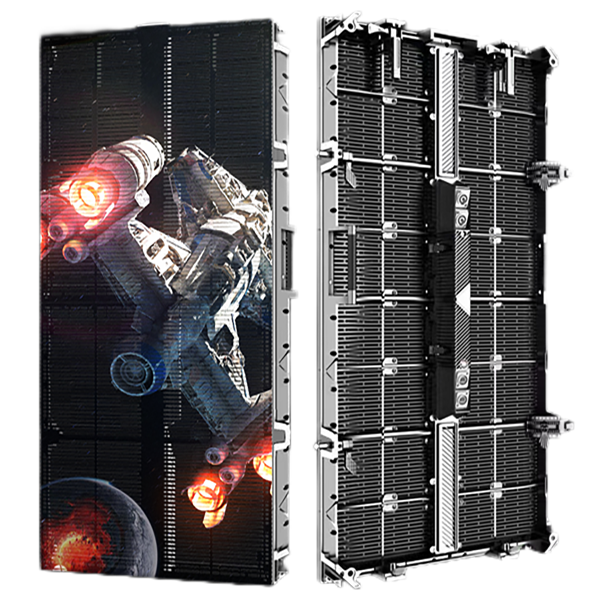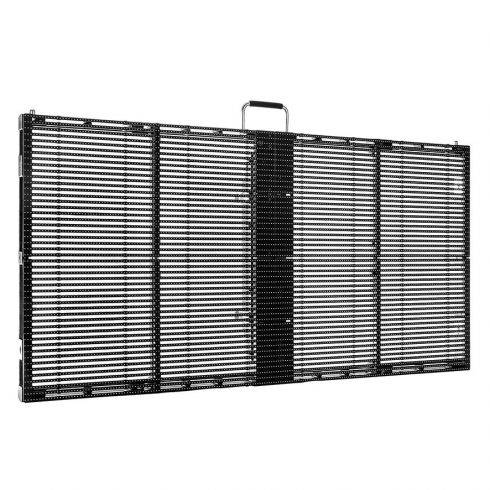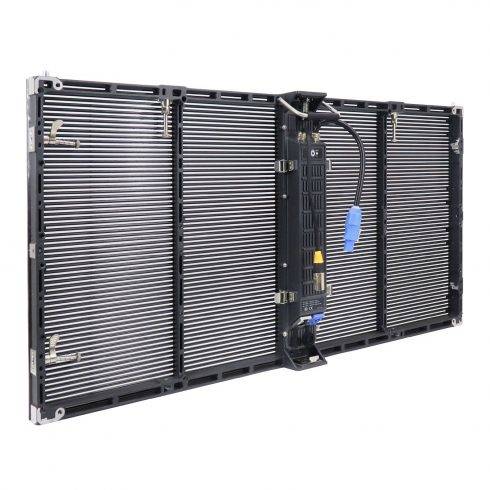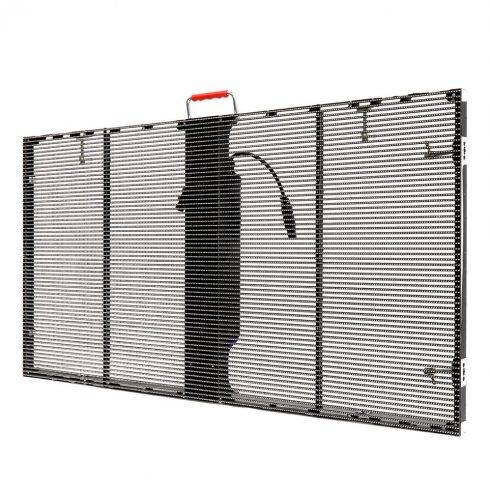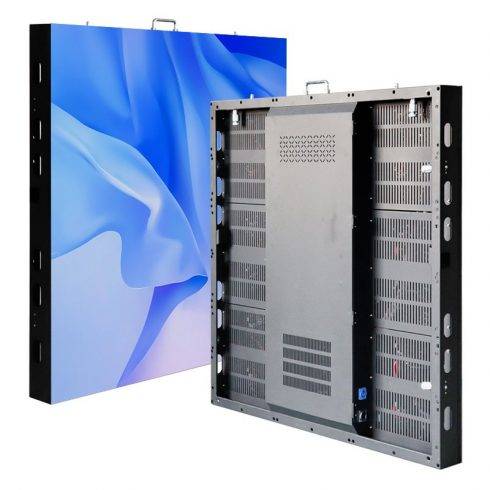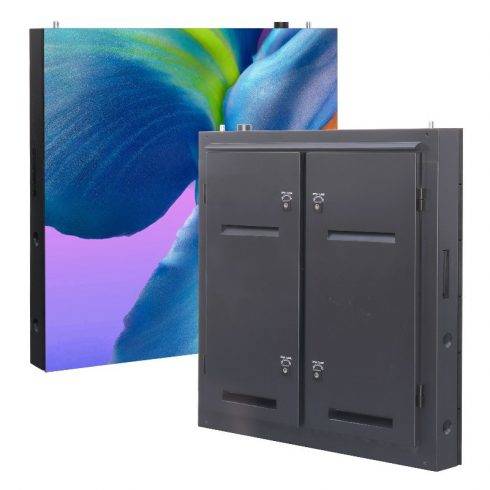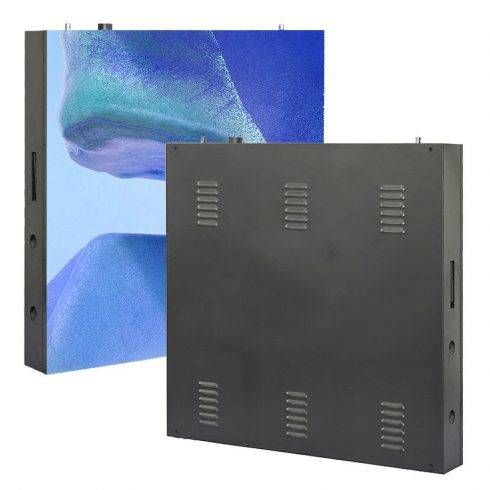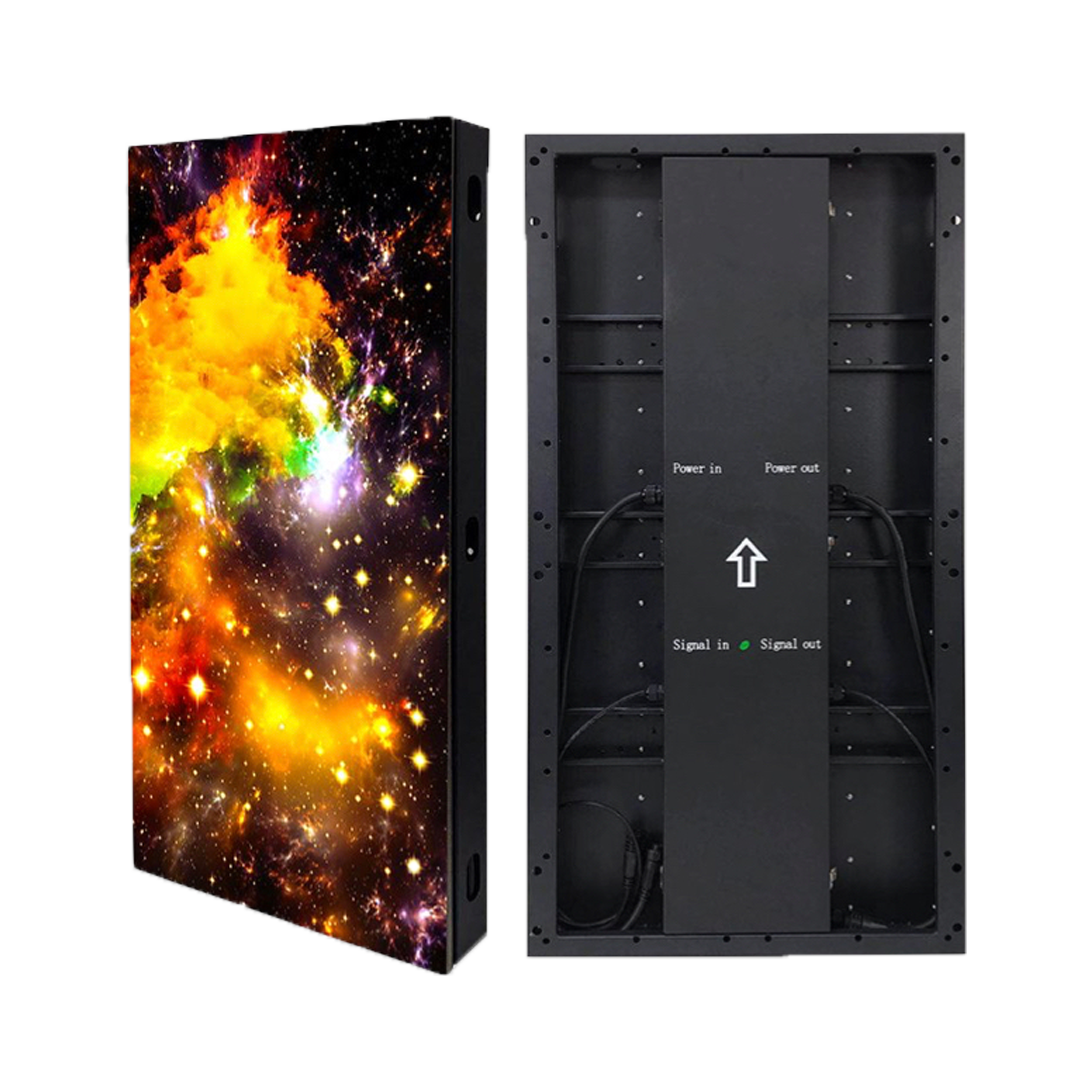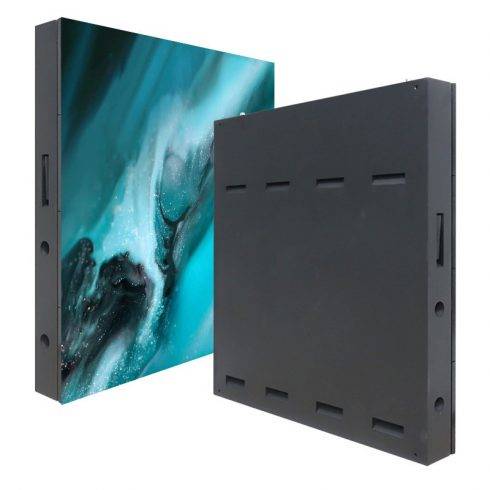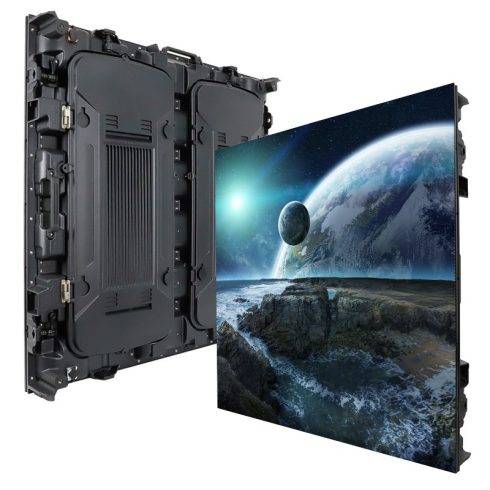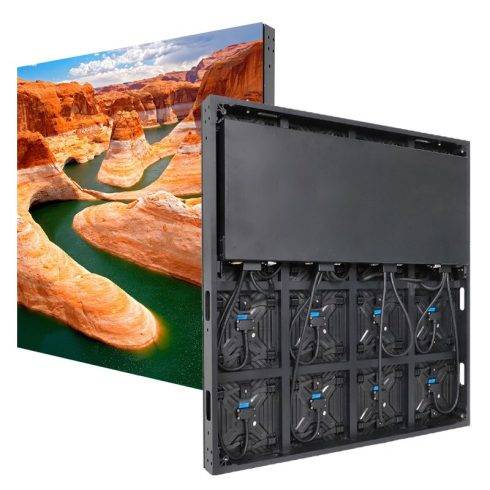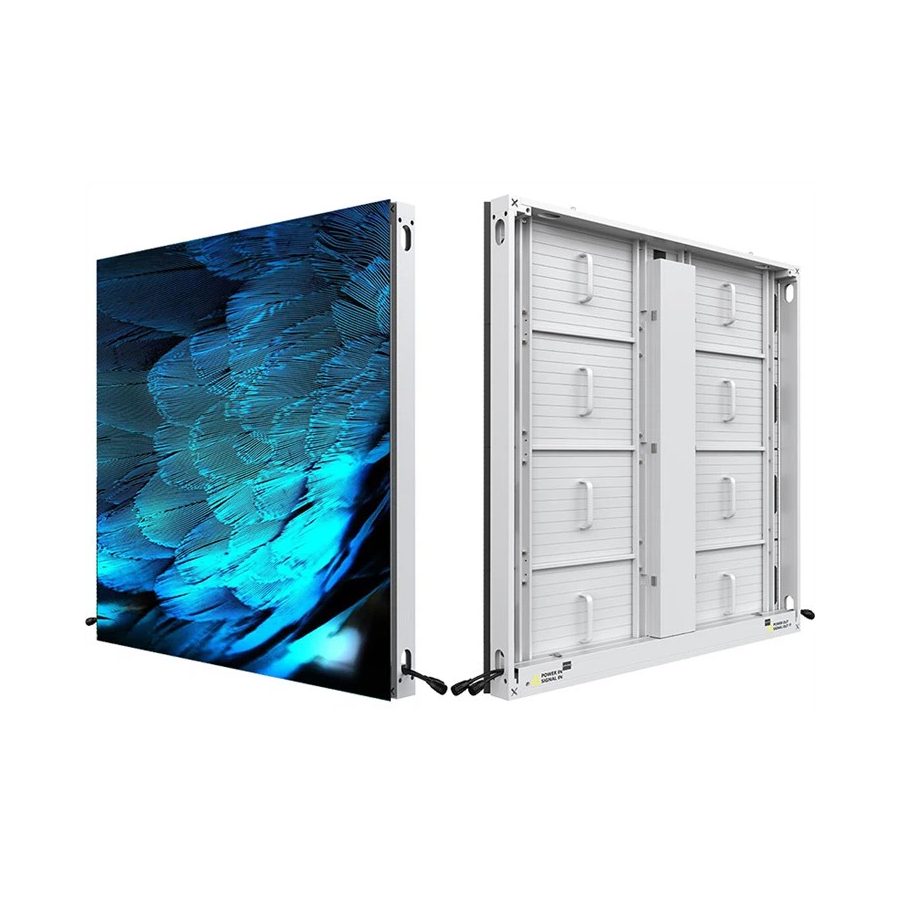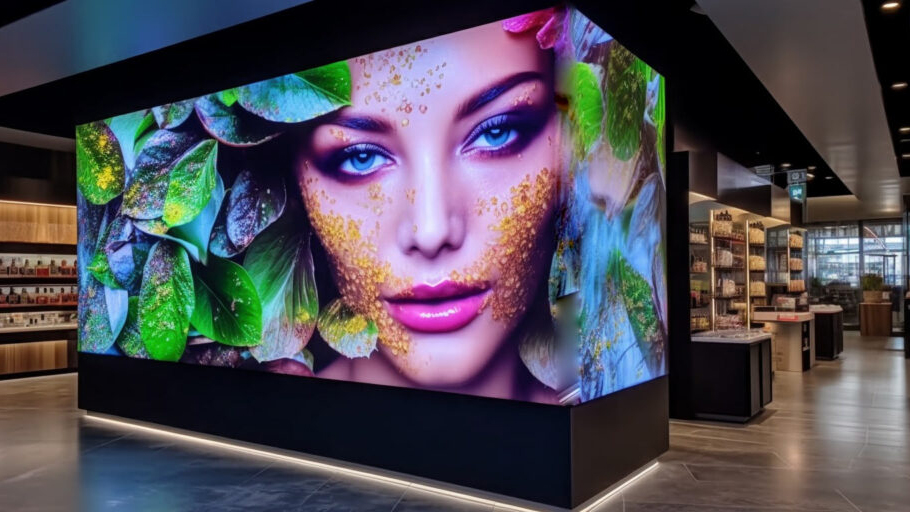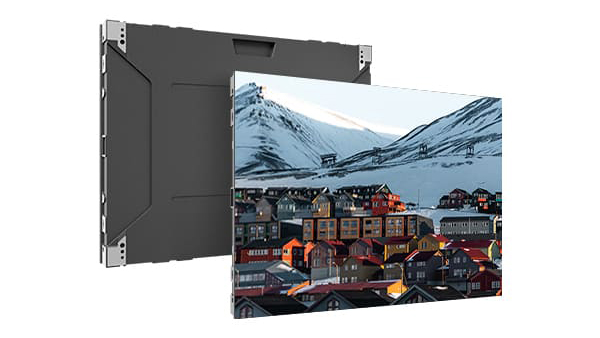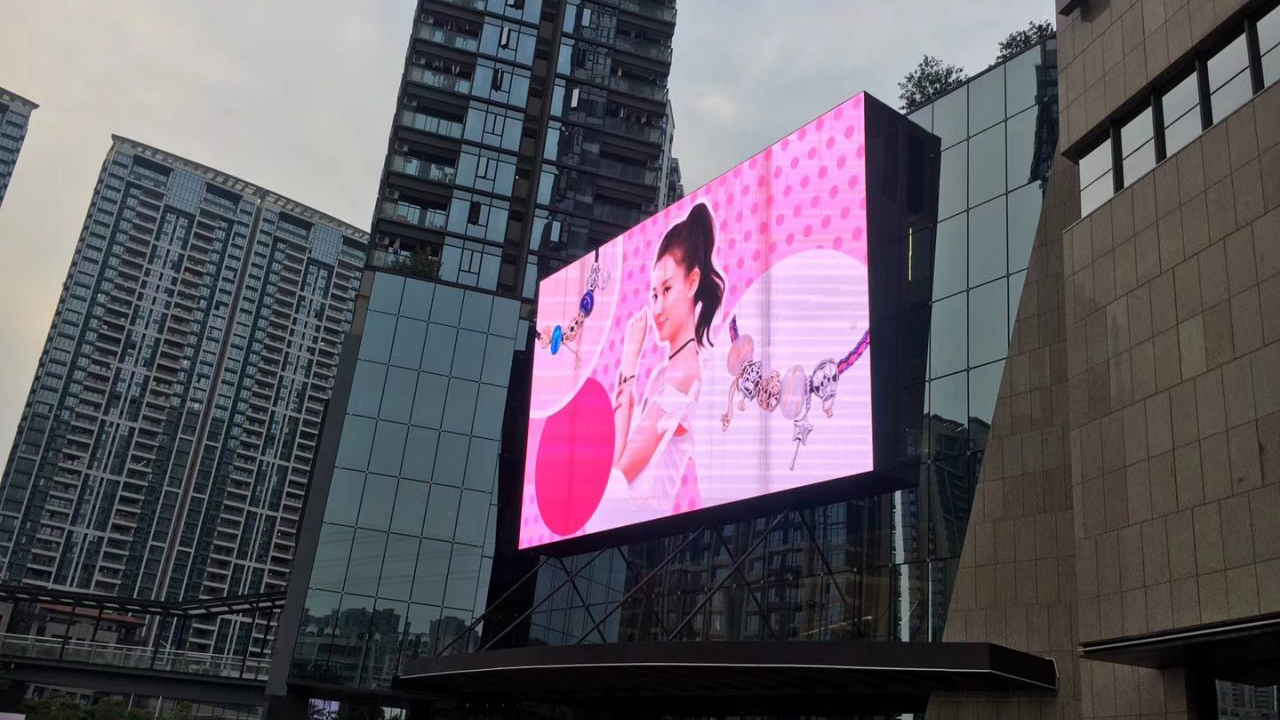LED (Light Emitting Diode) panels have become an integral part of modern lighting and display solutions. Their efficiency, versatility, and eco-friendliness have made them a popular choice in various applications ranging from residential and commercial lighting to large-scale display systems. This article delves into the features, benefits, applications, and future prospects of LED panels.
What are LED Panels?
LED panels are flat panels that use light-emitting diodes as their primary source of illumination. Unlike traditional lighting solutions that use incandescent or fluorescent bulbs, LED panels are composed of multiple small LEDs that work together to produce light. These panels come in various sizes, shapes, and configurations, making them suitable for a wide range of applications.
Key Features of LED Panels
- Energy Efficiency: One of the most significant advantages of LED panels is their energy efficiency. LEDs convert a higher percentage of electricity into light compared to traditional bulbs, resulting in lower energy consumption and reduced utility bills.
- Longevity: LED panels have a longer lifespan than conventional lighting options. They can last up to 50,000 hours or more, which translates to several years of usage without the need for frequent replacements.
- Brightness and Clarity: LED panels offer superior brightness and clarity. They provide consistent and even lighting, which is crucial for applications like office lighting, where clear visibility is essential.
- Eco-Friendly: LEDs do not contain hazardous substances like mercury, which is present in fluorescent lights. Additionally, their energy efficiency contributes to lower carbon emissions, making them an environmentally friendly choice.
- Design Flexibility: LED panels can be manufactured in various shapes and sizes, allowing for creative and flexible design options. They can be integrated into ceilings, walls, and even floors.
- Dimmable and Color Options: Many LED panels are dimmable, allowing users to adjust the light intensity according to their needs. They are also available in different color temperatures, ranging from warm white to cool white, and even RGB options for decorative purposes.
Applications of LED Panels
- Residential Lighting: LED panels are increasingly being used in homes for general lighting purposes. They provide uniform illumination, enhancing the ambiance and aesthetics of living spaces. Kitchens, bathrooms, and living rooms are common areas where LED panels are installed.
- Commercial Lighting: In offices and commercial buildings, LED panels are a popular choice due to their energy efficiency and long lifespan. They help create a productive work environment by providing bright, flicker-free light that reduces eye strain.
- Retail Lighting: Retail stores use LED panels to highlight products and create an appealing shopping environment. The ability to adjust color temperatures and brightness levels allows for tailored lighting that enhances the presentation of merchandise.
- Healthcare Facilities: In hospitals and clinics, proper lighting is crucial for both patient care and staff performance. LED panels offer reliable, high-quality illumination that supports medical procedures and examinations.
- Educational Institutions: Schools and universities benefit from LED panels in classrooms, libraries, and laboratories. The even lighting distribution helps reduce glare and shadows, creating an optimal learning environment.
- Hospitality Industry: Hotels and restaurants use LED panels to create inviting and visually appealing spaces. Their versatility in design allows for creative lighting solutions that enhance the guest experience.
- Public Spaces: LED panels are used in airports, train stations, and other public areas for general lighting and informational displays. Their durability and low maintenance requirements make them ideal for high-traffic locations.
- Display and Advertising: Large LED panels are commonly used in digital billboards, signage, and display systems. They offer bright, dynamic content delivery that captures attention and effectively communicates messages.
Advantages Over Traditional Lighting
- Cost Savings: Although the initial cost of LED panels may be higher than traditional lighting, the long-term savings in energy and maintenance costs make them more economical over time.
- Improved Light Quality: LED panels provide better light quality with higher color rendering indices (CRI), which means colors appear more natural and vibrant.
- Instant Lighting: Unlike some traditional lighting that takes time to reach full brightness, LED panels light up instantly without any delay.
- Reduced Heat Emission: LEDs emit very little heat compared to incandescent bulbs, which convert most of the energy into heat rather than light. This makes LED panels safer and more comfortable, especially in enclosed spaces.
Future Prospects of LED Panels
The future of LED panels looks promising with continuous advancements in technology. Here are some trends and innovations to look forward to:
- Smart Lighting: Integration with smart home systems will allow for remote control and automation of LED panels. Features like motion sensors, voice control, and programmable lighting schedules will enhance convenience and energy savings.
- Increased Efficiency: Ongoing research and development are likely to produce even more energy-efficient LEDs, further reducing power consumption and extending their lifespan.
- Enhanced Customization: Future LED panels may offer greater customization in terms of shape, size, and lighting effects, enabling more personalized and innovative lighting solutions.
- Sustainable Materials: There is a growing focus on using sustainable materials in the production of LED panels, reducing their environmental impact even further.
- Improved Integration: As technology evolves, LED panels will become more seamlessly integrated into building materials, such as walls, ceilings, and furniture, providing invisible or discreet lighting solutions.
Conclusion
LED panels represent a significant advancement in lighting technology, offering numerous benefits over traditional lighting solutions. Their energy efficiency, longevity, and versatility make them an excellent choice for a wide range of applications, from residential and commercial lighting to large-scale displays. As technology continues to evolve, LED panels will likely become even more efficient, customizable, and integrated into our daily lives, further solidifying their place as a cornerstone of modern lighting solutions.

